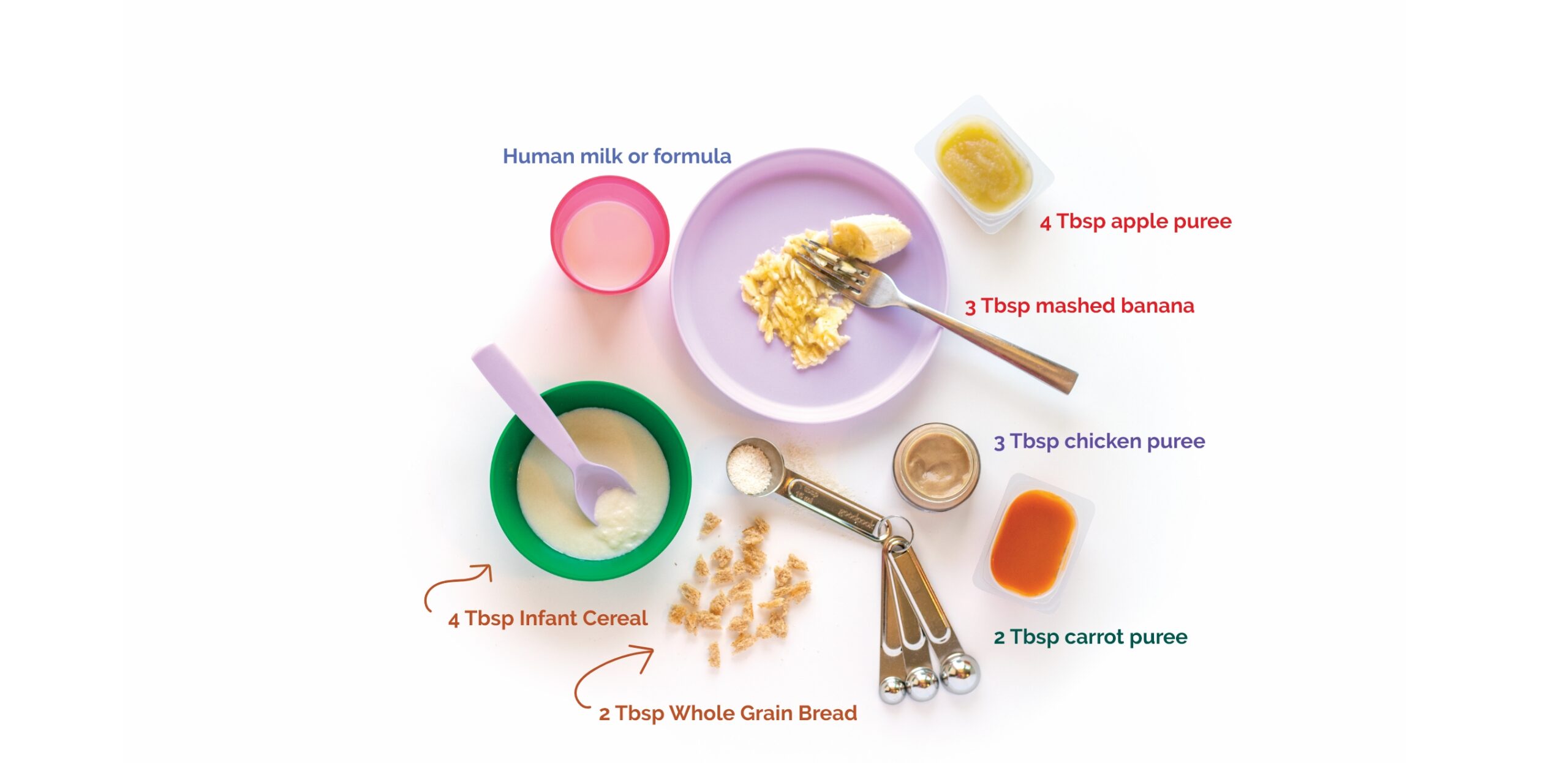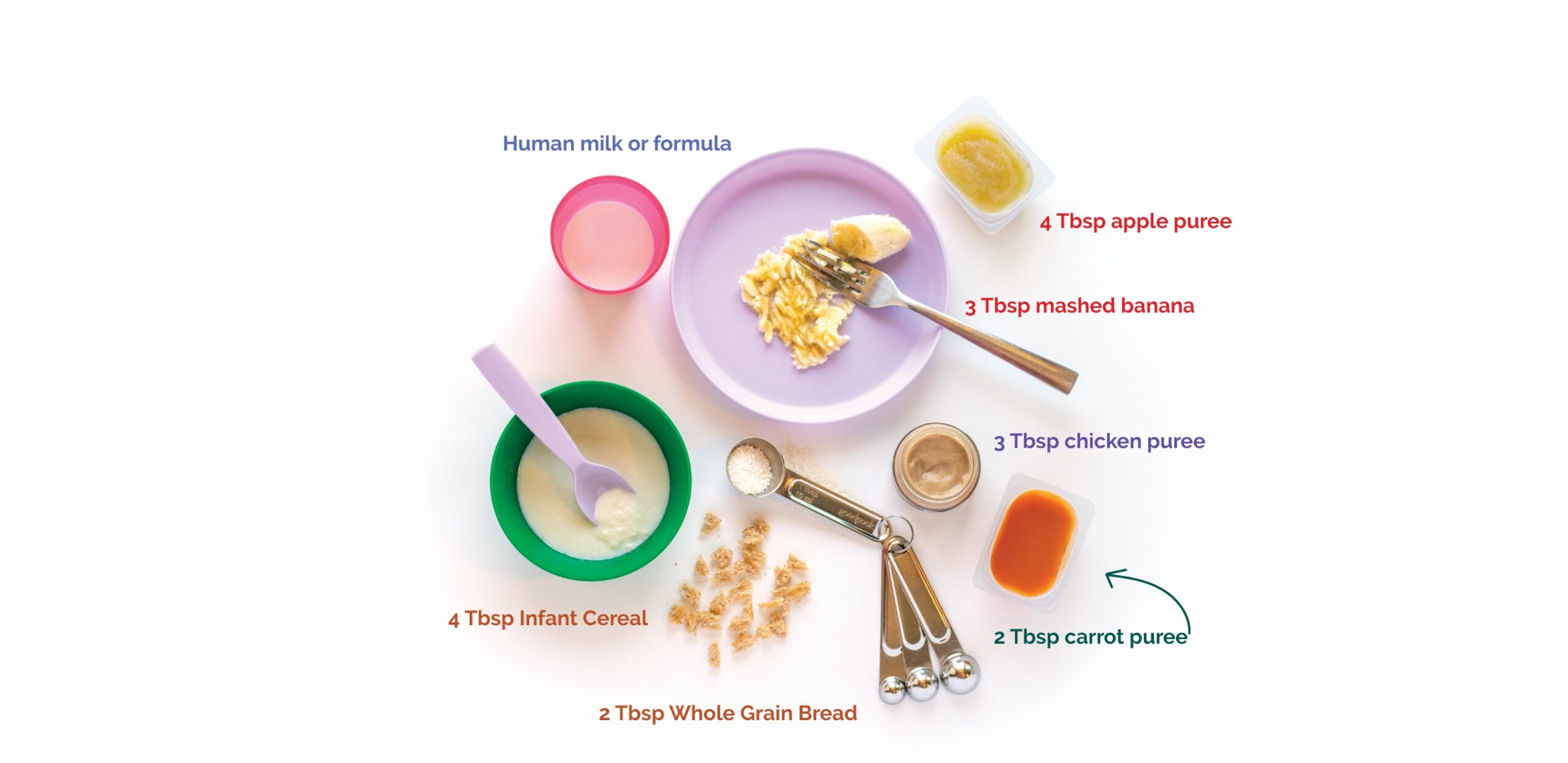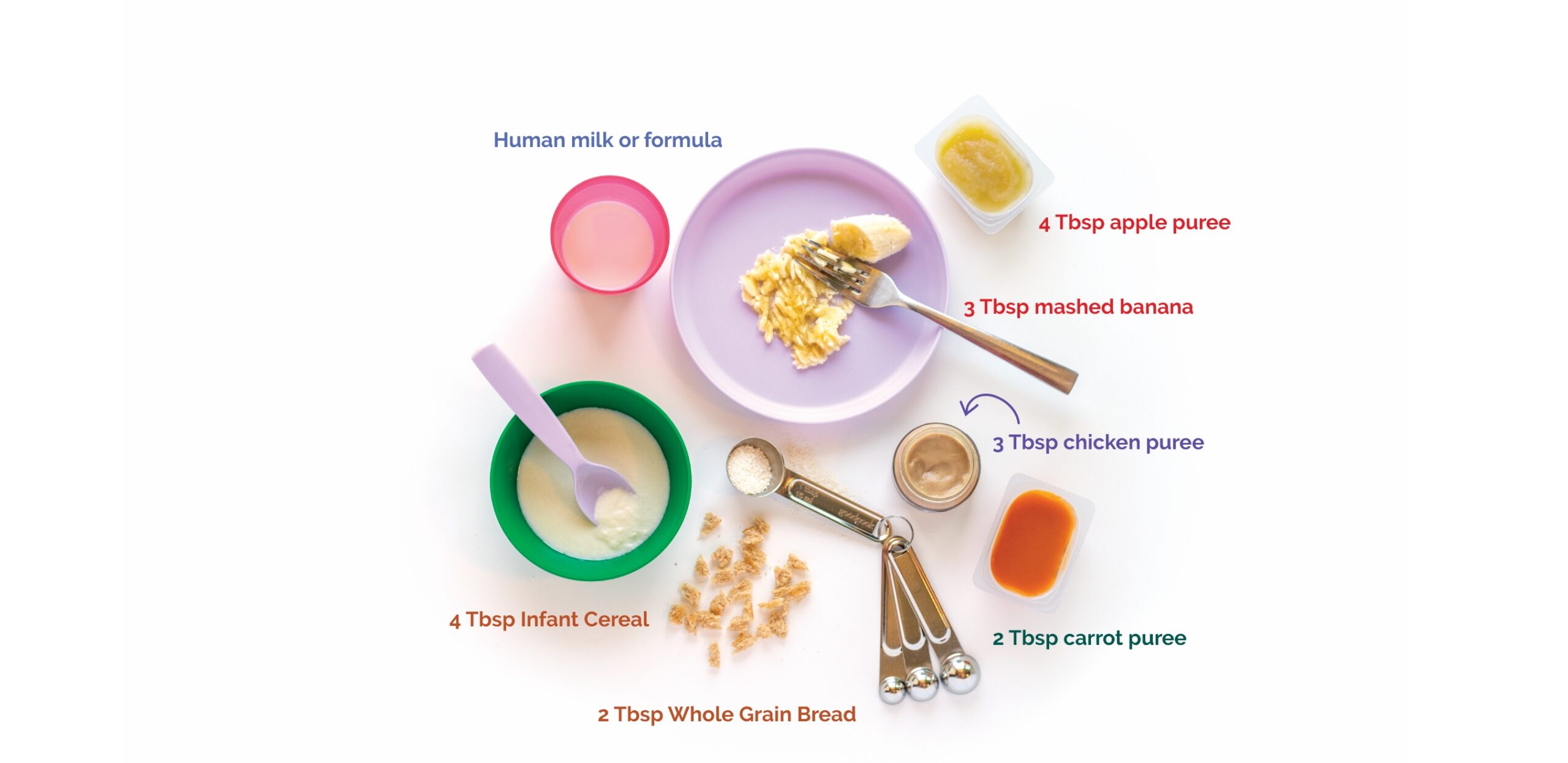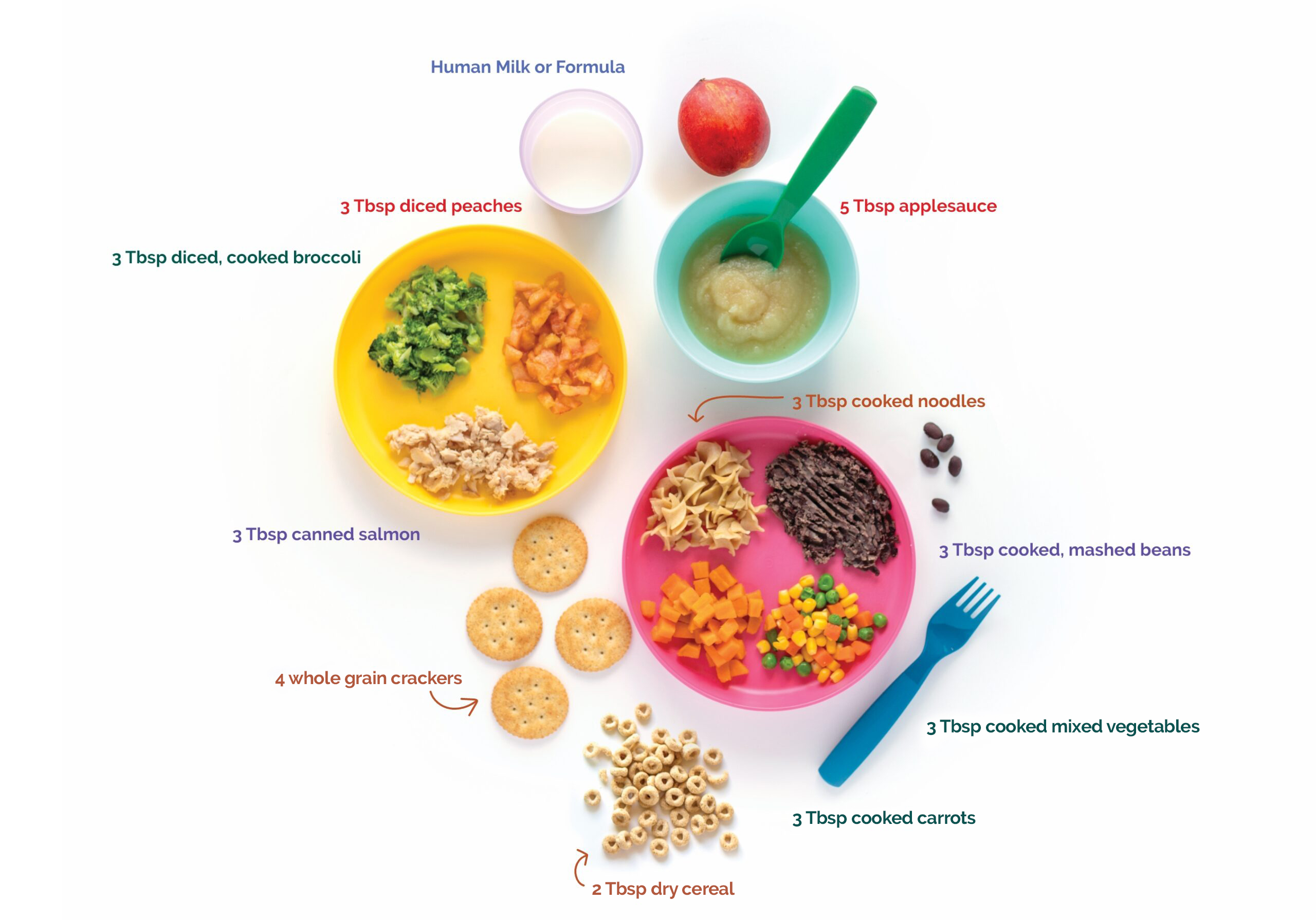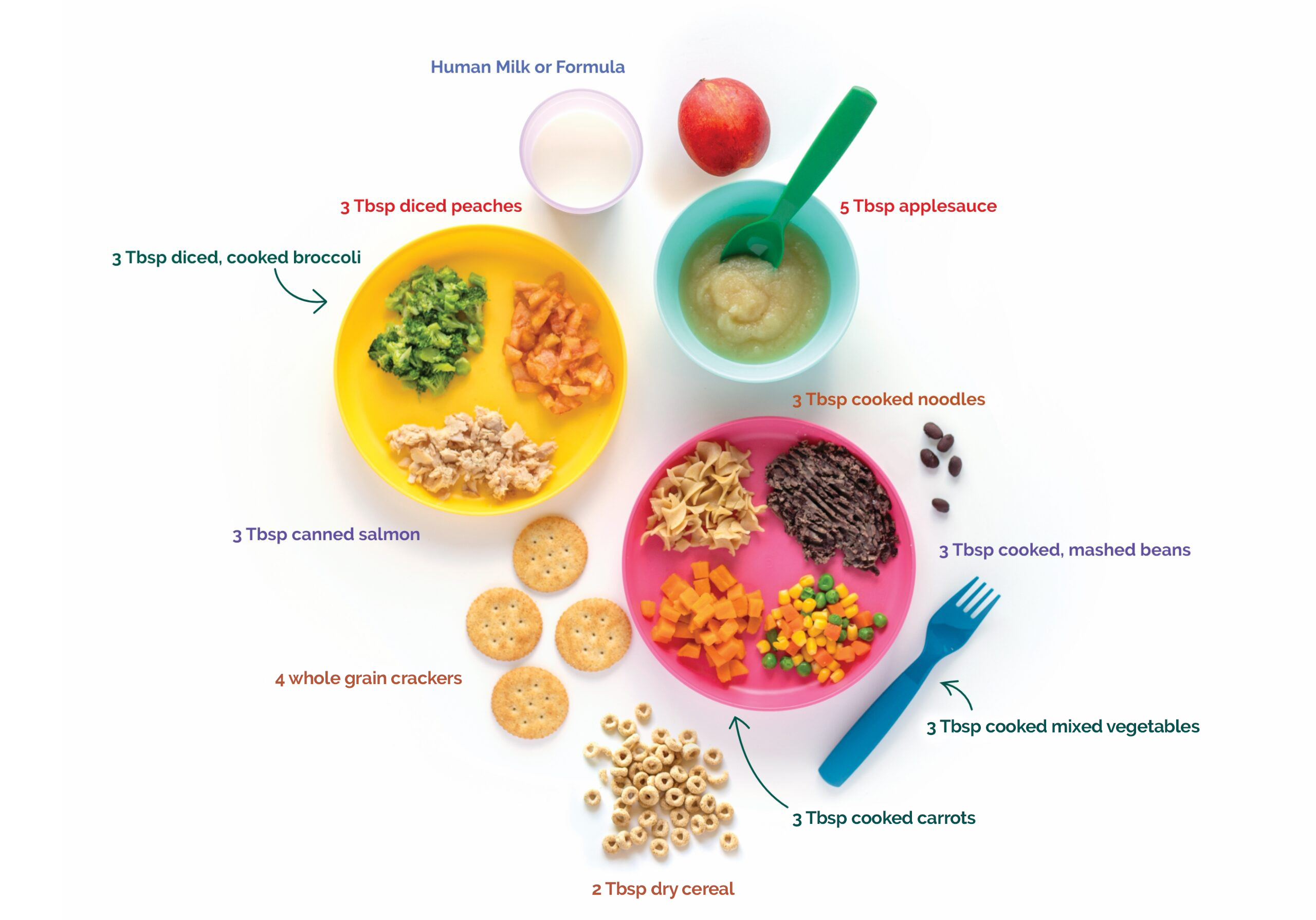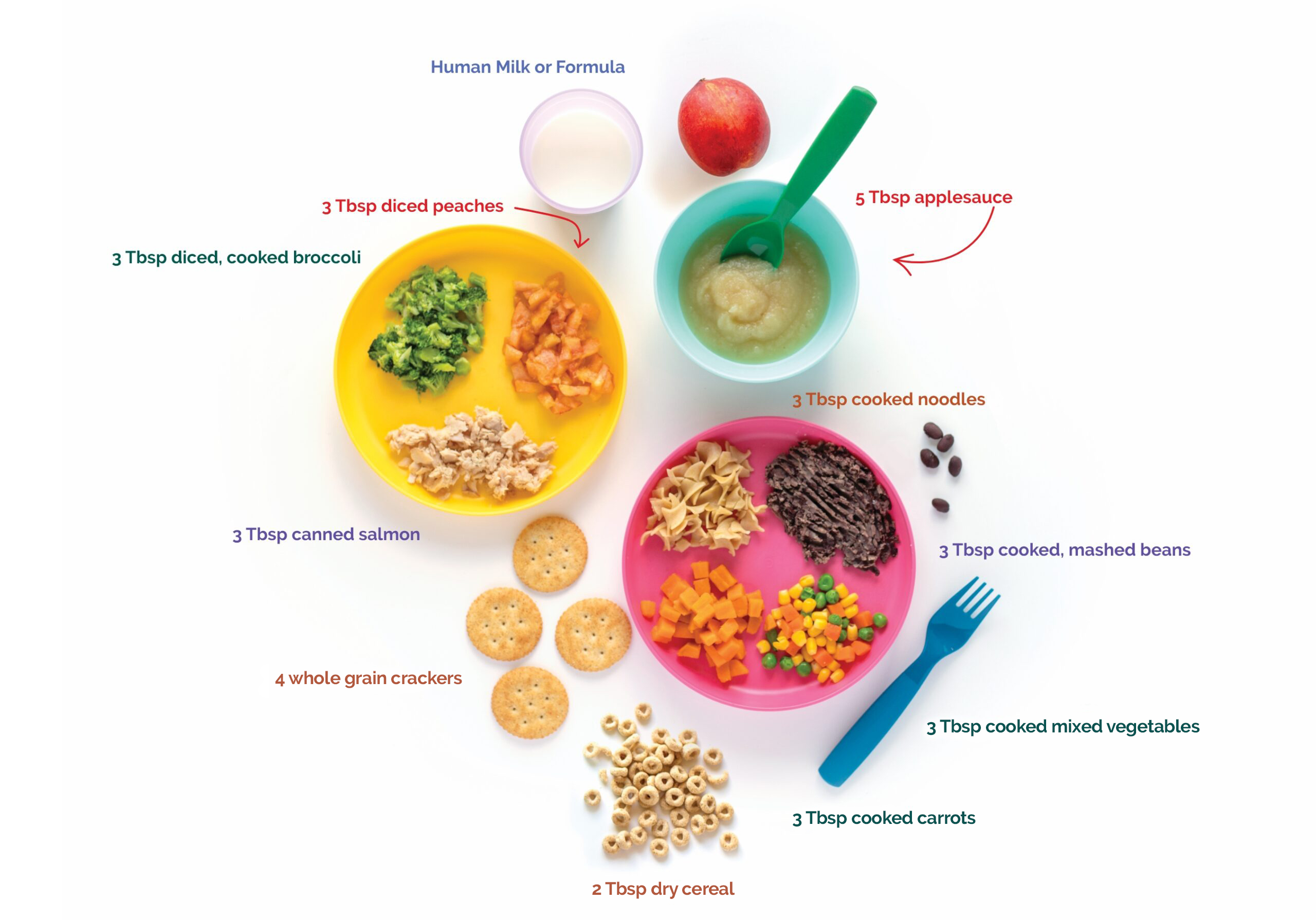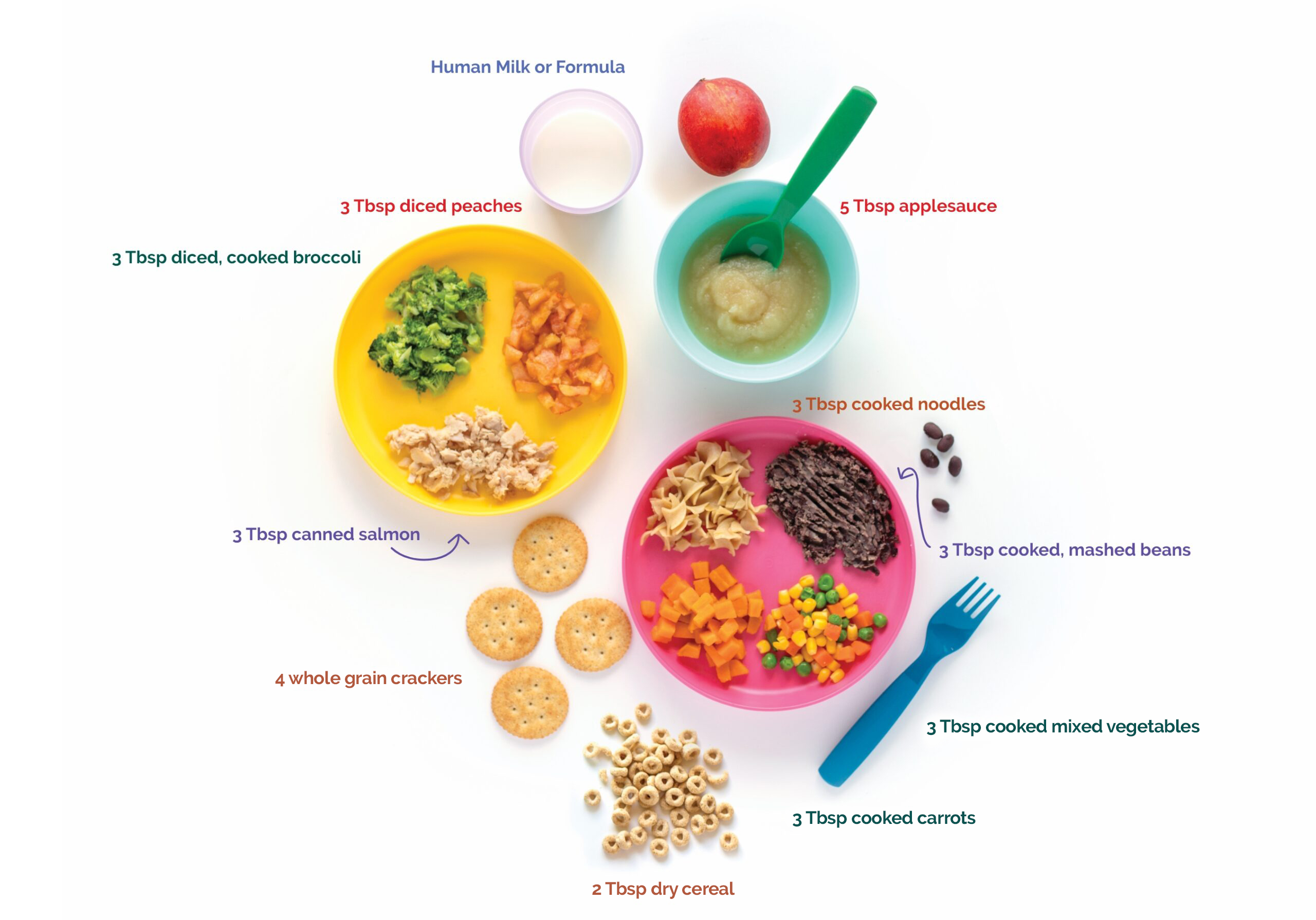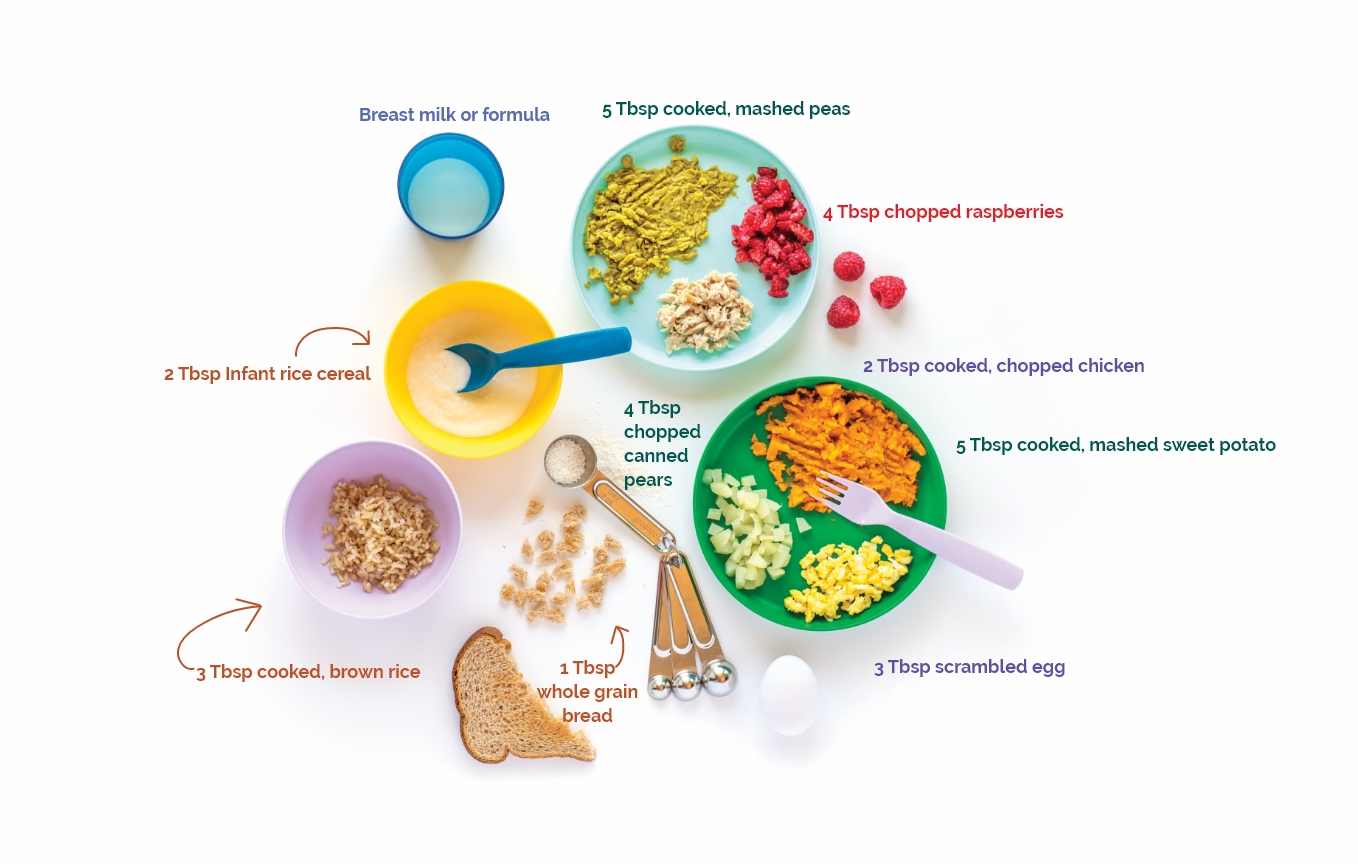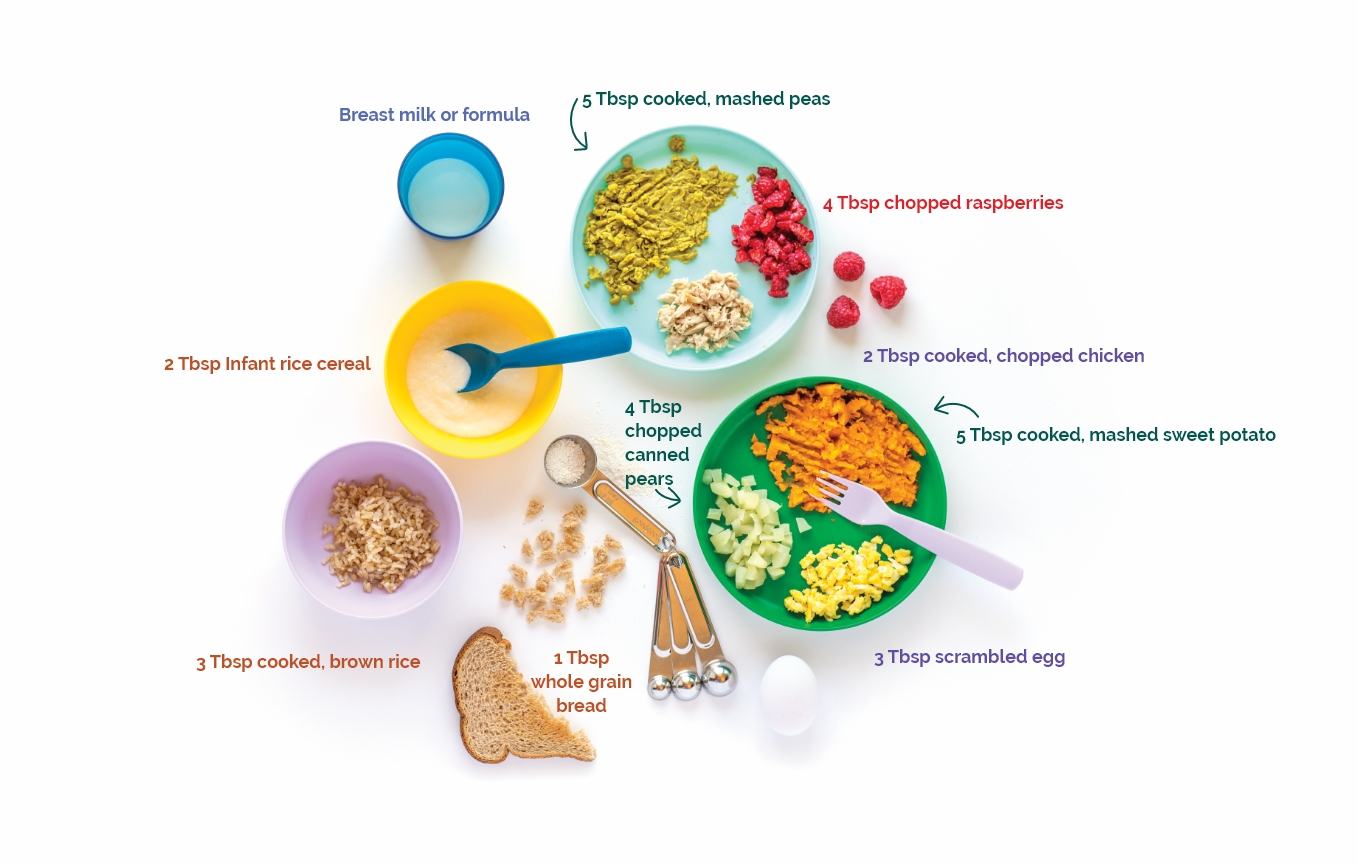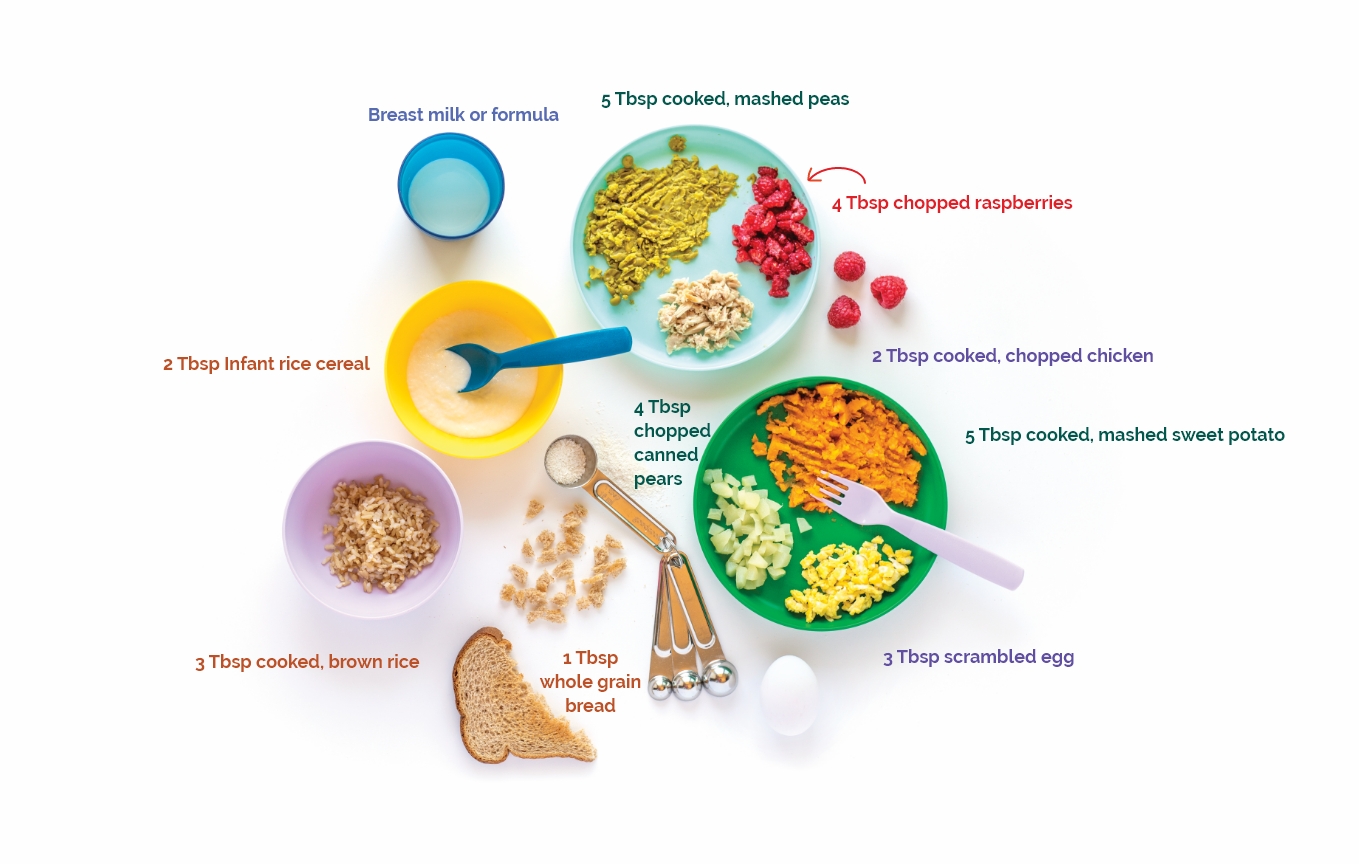This soup is rich in vitamin A, vitamin C, lycopene, and fiber. Lycopene is an antioxidant and gives tomatoes, watermelon, and grapefruit their color. Lycopene has been shown to protect against heart disease and some cancers including breast cancer. By using whole-grain pasta, this soup is even healthier!

Minute Minestrone Soup
Bridget Swinney MS, RDN, LD
- Home
- Live Well Blog
- Minute Minestrone Soup
Bridget Swinney MS, RDN, LD
February 5, 2025
Recipes
Warm up with this healthy, hearty soup. This recipe is a great way to use leftover veggies and is yummy with a sprinkle of mozzarella cheese on top! Serve with toast cut in the shape of hearts.
Ingredients
1 cup frozen spinach, thawed or cooked in a minimal amount of water, not drained (or use leftover cooked spinach or other green)
1-8 oz can tomato sauce
1-14 ½ oz. can diced tomatoes with juice
1 cup cooked green beans
1 cup cooked chickpeas or any beans
1 cup cooked pasta—macaroni or small egg noodles
2 cups water
1 teaspoon each: onion powder, garlic powder, Italian spice, basil
2 bay leaves
¾ teaspoon salt or to taste
¼ teaspoon pepper or to taste

Instructions
Combine all ingredients in a large saucepan. Bring to a simmer and cook for 10-15 minutes until heated. Add more water for a thinner soup. Remove bay leaves before serving.
You can change this recipe to make it the way you like!

Get Creative!
- Skip the pasta and add another cup of beans or a cup of cooked brown rice or barley
- Substitute the green beans with any other cooked veggie – like zucchini or carrots
- Substitute the spinach with any other cooked green – like baby kale or Swiss chard
- Make it a main dish soup by adding cooked chicken or other protein cut into bite-size pieces
- You can start with uncooked veggies and dry pasta and cook both in the soup at the same time. Just add another ½ cup or more of water, depending on the pasta, and cook another 5-10 minutes
